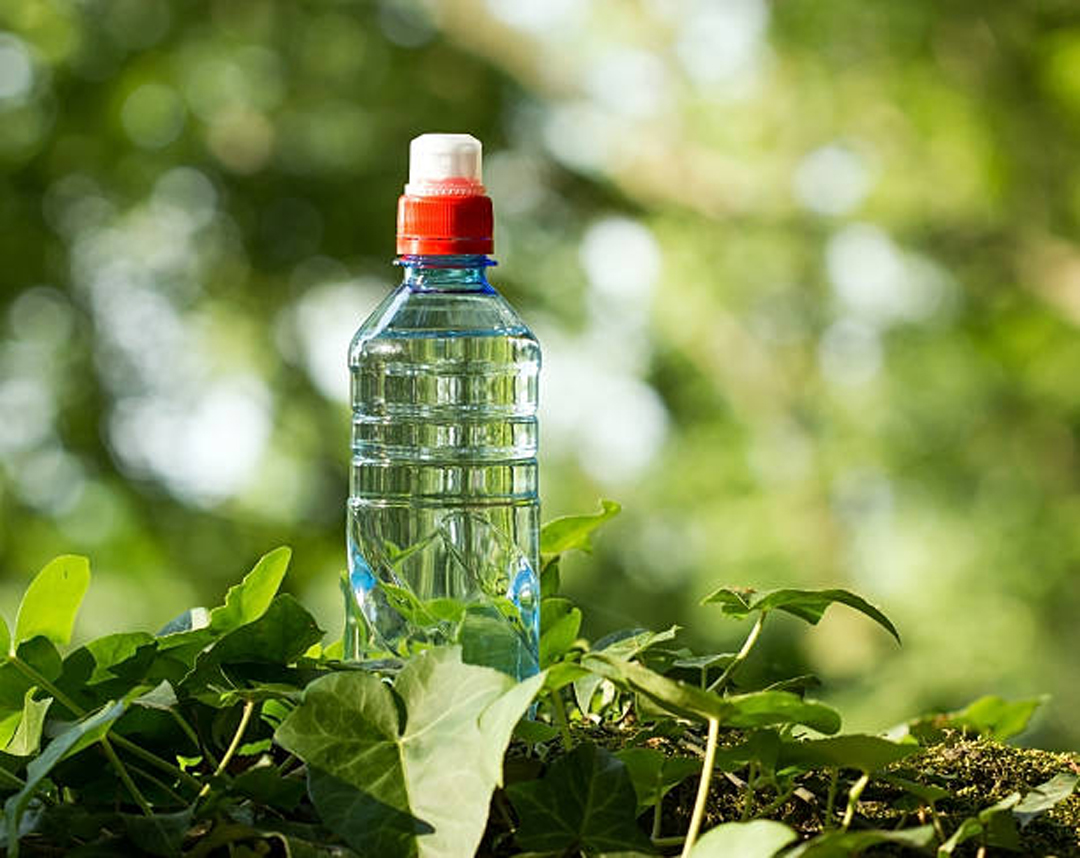
Reaching for bottled water has evolved into an intricate journey through many choices. Today’s modern market presents a captivating spectrum of bottled water options, each boasting distinct properties, sources, and promises. From mineral-infused to alkaline and beyond, exploring diverse water types uncovers a fascinating tapestry of hydration alternatives. Amidst this spectrum, some options even mirror the taste of juices, imparting a refreshing burst of natural flavors. This integration seamlessly connects the realm of hydration with the vibrant world of taste, elevating the simple act of quenching thirst.
Mineral-Rich Elixirs:
Natural mineral waters are born from underground sources enriched with naturally occurring minerals, setting them apart from the plain H2O we often associate with hydration. These waters derive their mineral content from the geological formations they pass through, offering a distinctive flavor profile and potential health benefits. The minerals contribute to bone health, digestion, and overall vitality. As consumers embrace holistic approaches to wellness, mineral waters carve a niche for themselves, catering to those seeking more than just hydration.
Alkaline Waters:
Alkaline water, characterized by its higher pH level, has garnered attention for its potential to counteract acidity in the body. The concept behind alkaline water is rooted in maintaining the body’s pH balance, which is believed to influence overall health. This water type is thought to neutralize excessive acidity from modern diets and lifestyles. While advocates claim benefits such as improved hydration and acid reflux relief, skeptics argue that the body’s natural mechanisms regulate pH levels. The debate continues as consumers weigh the potential benefits against the scientific evidence.
Purified Waters:
Purified water undergoes a rigorous purification process to ensure it’s free from contaminants and impurities. The filtration methods can range from reverse osmosis to distillation, each designed to remove particles, chemicals, and microbes. While purification ensures a clean and safe drinking experience, some critics raise concerns about the potential loss of beneficial minerals. The popularity of purified water underscores the growing importance of knowing the source and treatment methods behind the water we consume.
Spring Waters:
Derived from natural springs, spring waters hold an allure of untouched purity and crispness. These waters emerge from underground aquifers and are often collected at the source, preserving their natural qualities. Spring water’s distinct taste and mineral composition reflect the geological characteristics of the area. However, regulations vary; not all spring waters meet the pristine image they evoke. Understanding the journey from source to bottle is vital to ensuring the authenticity and quality of spring waters.
Flavored and Enhanced Waters:
Flavored and enhanced waters transform the act of hydration into a sensorial experience. These waters cater to diverse preferences, from subtle fruit essences to added vitamins and antioxidants. While some flavorings are derived from natural sources, others may involve additives. Enhanced waters often promise benefits like immunity support or added energy. The convenience of flavor customization aligns with the demand for beverages that cater to taste while addressing wellness needs.
Sparkling Waters:
Sparkling water’s effervescence and lively bubbles offer a refreshing departure from still water’s simplicity. Carbonation adds texture and a distinct mouthfeel, making sparkling water a favored alternative to traditional flat water. Carbonated waters are naturally occurring or infused with carbon dioxide. The fizziness can mimic the sensation of indulgence without the sugar or calories found in other beverages. As health-conscious consumers seek guilt-free options, sparkling water is a bubbly companion to daily routines.
Electrolyte-Infused Waters:
Electrolyte-infused waters go beyond basic hydration, replenishing essential minerals like sodium, potassium, and magnesium. These minerals are vital in maintaining proper bodily functions, especially during physical activity or heat exposure. While sports drinks have traditionally provided electrolytes, the emergence of healthier hydration options has spurred the creation of electrolyte-infused waters. These waters cater to active lifestyles, aiming to help restore electrolyte balance lost through sweat.
Caffeinated Waters:
Caffeinated waters combine hydration with a gentle dose of caffeine, offering a convenient way to satisfy both thirst and alertness. These beverages aim to provide a milder caffeine kick than traditional caffeinated beverages. The caffeine content varies among brands and products, accommodating different preferences and tolerances. For those seeking a middle ground between water and caffeinated drinks, caffeinated waters present a unique option to quench thirst and stay energized.
Conclusion:
As you take each sip, whether water or water that tastes like juices, you embark on a journey of vitality and refreshment, celebrating the intricate dance between hydration and taste. In a world where daily hydration is essential, the availability of choices empowers us to align preferences with overall well-being. As the journey through the hydration landscape unfolds, a constant theme emerges diversity. The bottled water market is a testament to human ingenuity, catering to many preferences and needs. From the mineral-rich essence of natural springs to the effervescent charm of sparkling waters, each type of bottled water weaves a unique narrative. Including the various available varieties adds a unique twist to this tapestry, underscoring the seamless connection between water’s rejuvenation and the vibrant burst of natural flavors.
Comments
comments